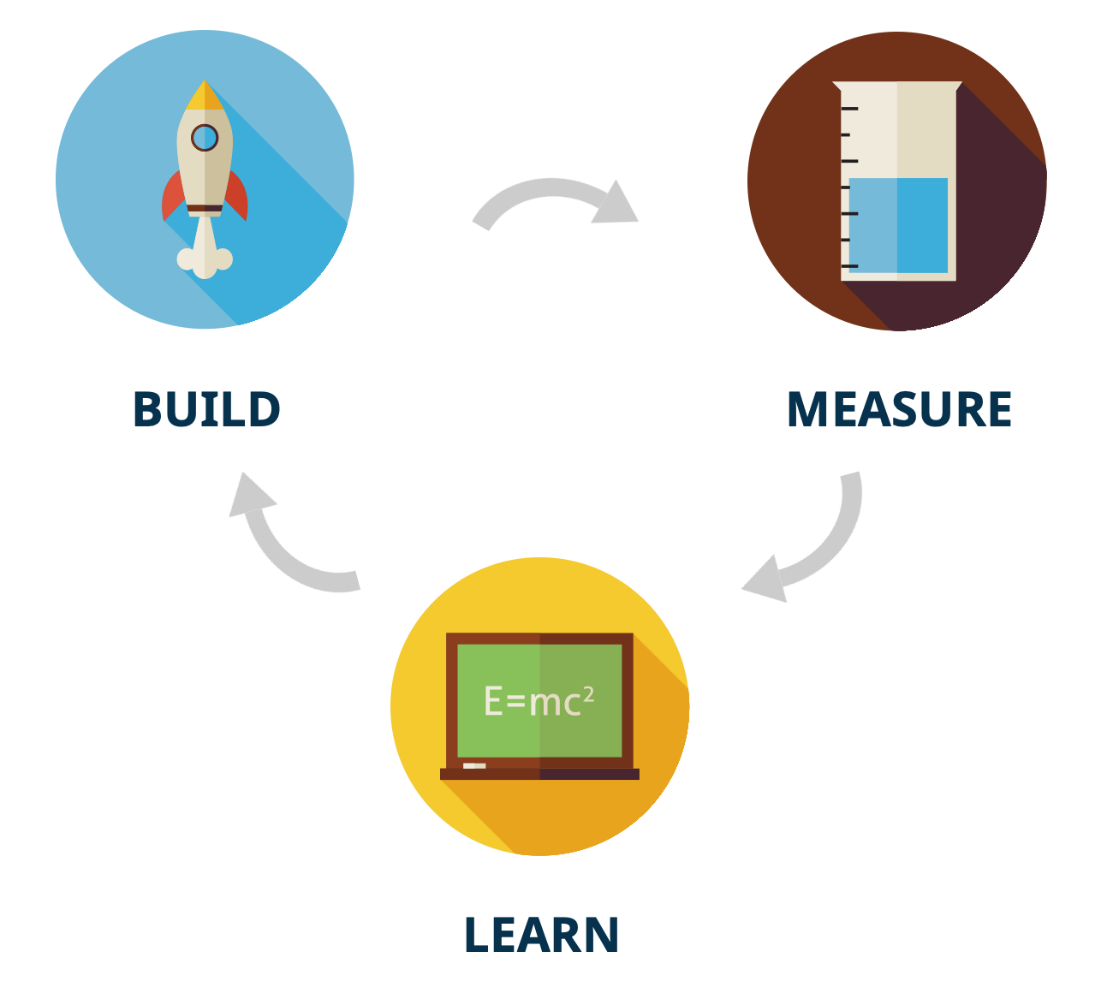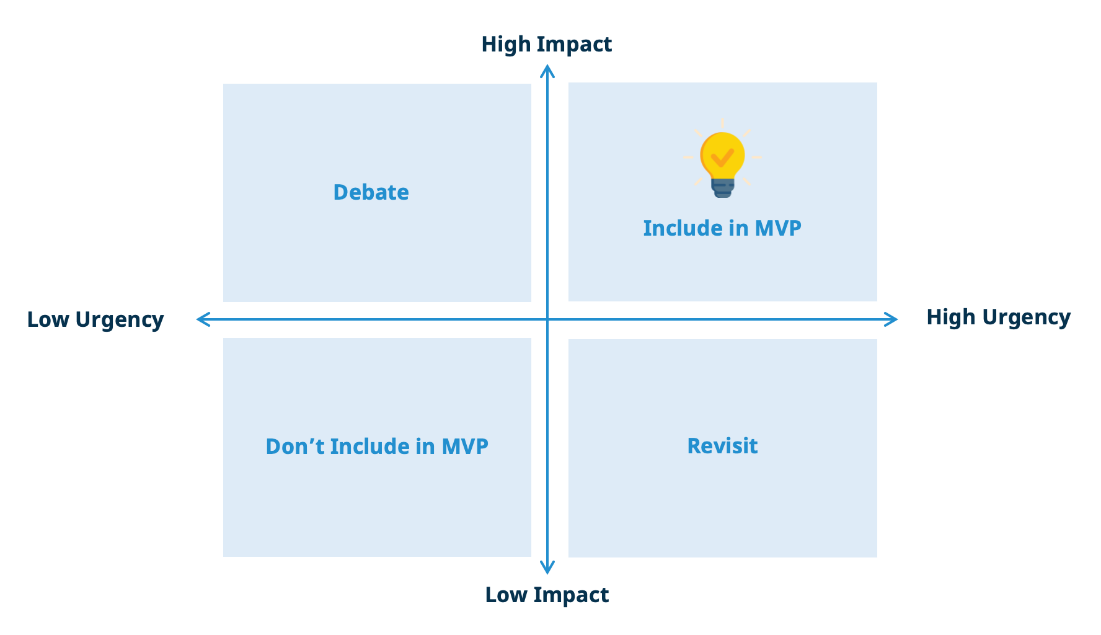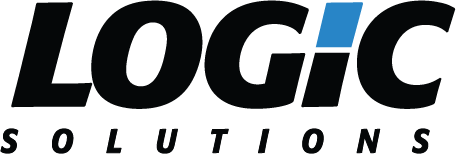A Minimum Viable Product (abbreviated MVP) can bring great benefits to a business that wants to build a brand-new product. Building an MVP is a process of validating ideas, figuring out the right direction to success, while using the minimum cost and effort.

Typically, an MVP contains the core functions which will allow you to receive revenue and/or fulfill user’s main goals. Meanwhile, the MVP ought to contain distinctive functions that attract early-adopt users. For entrepreneurs, it is normal to be passionate about creating a stunning, gorgeous, and perfect product. There’s nothing wrong with chasing after a product like this. However, to build a successful product, we need to start with something not so comprehensive.
Validation is an important part of an MVP. The goal for an MVP is to quickly validate your product’s assumptions with real-world data. During the process, you may choose to zoom-in and zoom-out on a particular function, or you will gain insights of whether to adjust the direction (pivot), and how to adjust. You will learn how to allocate your time and budget to achieve the overall business goal.
Your business will benefit by having an MVP when:
- Balancing the concepts of “minimum” and “viable” directs to a better product more efficiently.
- Revisions are relatively low-cost to make when the product is in its MVP stage.
- The process of creating an MVP helps the business to manage their risk. Meanwhile it generates constructive feedback, which helps the decision maker to determine whether they should proceed or pivot.
“Build, Measure, and Learn” are the three steps to building the MVP. Let’s talk about them one by one.

Build
The first step is to identify what you are going to build. There are three main questions that need to be answered.
From the business perspective – What is the business goal?
Market research is needed here to find out what has already existed in the market, the opportunities for your business, what makes your product stand out, etc.
From the user perspective – Who are the users? What is the user goal?
Who will eventually use your product? It is possible to have several categories of users. For each category, what do they want to achieve in using the product? When and where will they use it? What are their behaviors (step by step, from the beginning to the end) to achieve their goals? Among the existing solutions, what pain points are not well-covered, and how to address them?
From the functionality perspective – What are the functionalities? How to prioritize them?
Based on the answers to the user-relevant questions, you can map out a list of functions to match with them. Then you will need to prioritize them based on certain criteria. The following is a method that can be referred to.
Prioritization Matrix
Next we will determine which features have priority with your product build. We do this by selecting some criteria where we can measure and evaluate the functions based on the established criteria. For example, you can set a criteria with two-axis matrix as below. Then place your functions on the matrix according to their relative importance. You can always customize your own criteria, for example, feasibility vs. value to users, time spent vs. value to users.

When these questions are answered, by aligning your functional features with your criteria, you will know which functions are core and need to be included in your first release. Next it is time to start the design. Design is a hands-on process – start with a pen and paper and sketch out the main screens and user flows. Don’t forget to revisit your answers to the previous questions, and make sure you stick to them. Then you can dive in deeper to fill in the details, add interactions, and think of edge cases. During the design process, please take every chance to test your design with the target users. Fail early and grow faster. It might be a chaotic process. But it is also the right way to the final goal.
After some of the design is complete, the development starts to make the product real. During this work, you will want to break the project into small steps. Make plans for each small step. While executing each plan, constantly involve stakeholders for feedback, and quickly respond to up-coming issues. It is possible that your design being modified due to unforeseen constraints or changes.
Measure
You can choose to launch your MVP to a certain group of users, such as in one city, country, or on one platform. You may even choose to start with friends and family! For different types of products, there are different methods of gathering feedback and different criteria of measurement. The method of gathering feedback is either quantitative research or qualitative research. Quantitative research can be tracking usage data with an analytics tool, which usually reveals what can be improved. Qualitative research can be conducting user interviews, which find out how the product can be improved. The criteria of measurement depend on what the product is. For example, the widely-used measurements for mobile apps are download rate, launch rate, user rating, percentage of active users, customer lifetime value, and average revenue per user.
Learn
The collected feedbacks/data inform how the MVP performs, whether it fulfills your business goals and user goals, and perhaps the potential reasons behind it. Now you need to decide whether to zoom in, zoom out, pivot, and/or to persevere.
The measurements should reflect whether your previous decisions/hypotheses are right. If the results look positive, you continue with the same goals and explore further to improve. But bear in mind that it is still possible to pivot in the future. If the measurements don’t verify your decisions/hypotheses, it is time to pivot. There are several directions of pivoting. For example, the zoom-in pivot, meaning developing a single feature version of your product to simplify it and focus on only one aspect. There is also one called zoom-out pivot, meaning your product is not comprehensive enough so you need to bind it with additional features. Another common pivot is customer segment pivot. Sometimes your product is launched and people are using it, but the users are not your original target users. In this case, you need to reposition your target user and optimize the product based on new audience. Don’t forget, no matter which pivot it is, the next step is another cycle of build, measure, and learn.
This is just a small glimpse at the MVP process. Building a successful product relies on expertise and rich experience. Logic Solutions has 26 years of experience in software development. Our team has dedicated members to help our clients’ success starting with an MVP. If you have questions please reach out!
